At SHOT Show this year, Gorilla Ammunition unveiled its new Silverback line of solid copper hollow point self-defense ammo. It’s available in .380 ACP, 9×19, .45 ACP, and .300 BLK. Except for the .380, each caliber is offered in a couple bullet weights and expansion styles, all of them featuring 100% copper, CNC’d projectiles. I got my hands on a few boxes of .380 and both types of 9mm, and figured I’d put it through some brief testing.
https://www.youtube.com/watch?v=pAtvmOwk0gg
The 95 grain .380 showed up first, and they’re certainly impressive looking little buggers. As close to the old joke about “flying ashtrays” as I’ve seen from a .380, that’s for sure. Hard to miss the huge hollow point cavity and the unique groove machined into the bullet around its circumference. That groove is actually pretty handy for plucking the rounds out of the container, but the real reason it’s there is apparently to ensure reliable and consistent expansion.
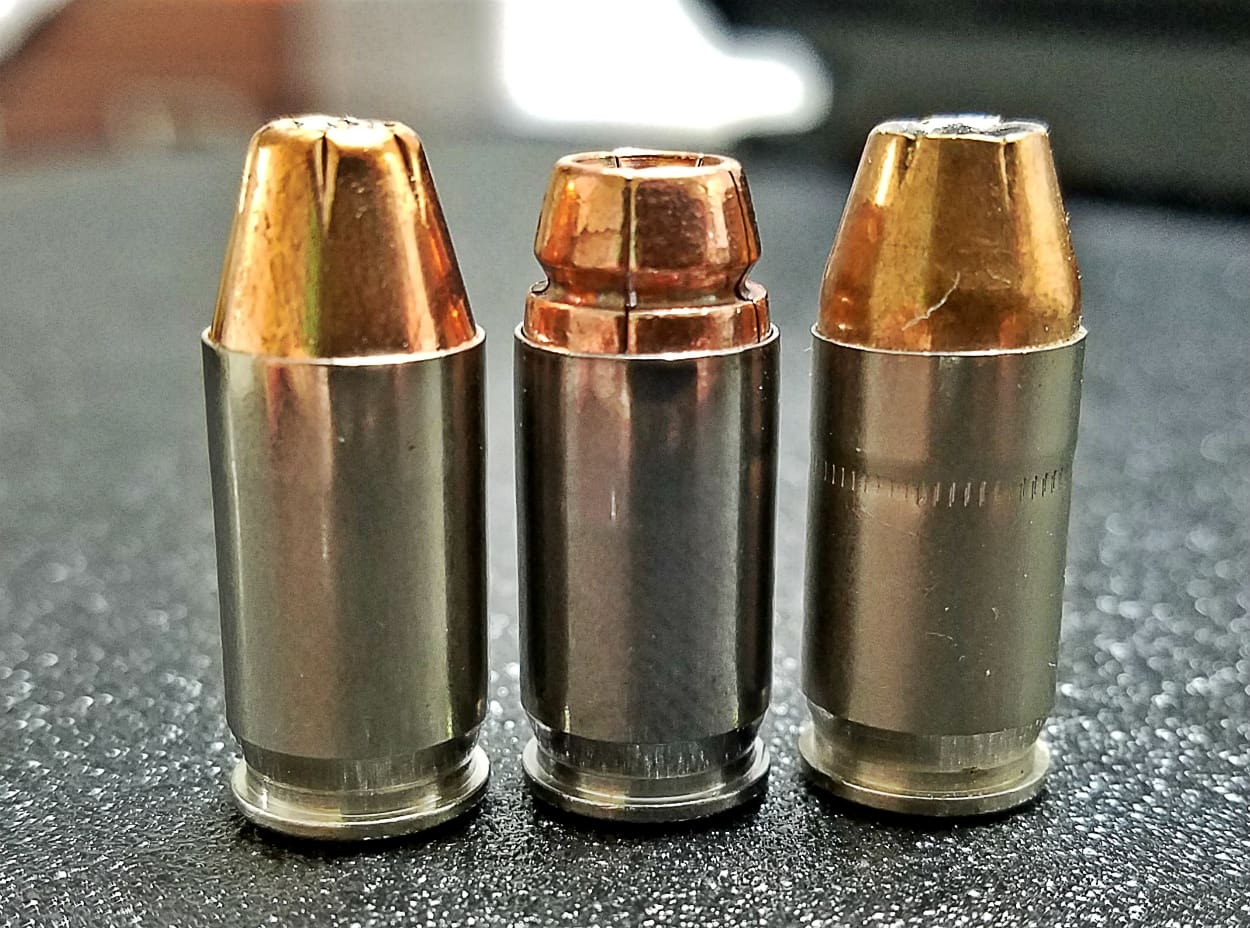
Compared to the Fiocchi Extrema (uses a 90 grain Hornady XTP projectile) on the left and the Federal Hydra-Shok on the right, the Silverback round is obviously shorter. My guess is that, more often than not, this will facilitate feeding in many of the pocket .380 pistols on the market that are known to be somewhat picky eaters. Just a guess, though. We’ll talk about how it ran in my Taurus TCP later on.
Looking down at the business ends of the Fiocchi Extrema, Gorilla Silverback, and Federal Hydra-Shok. The Silverback is clearly the cleanest, most consistent looking of the bunch, for whatever that’s worth.
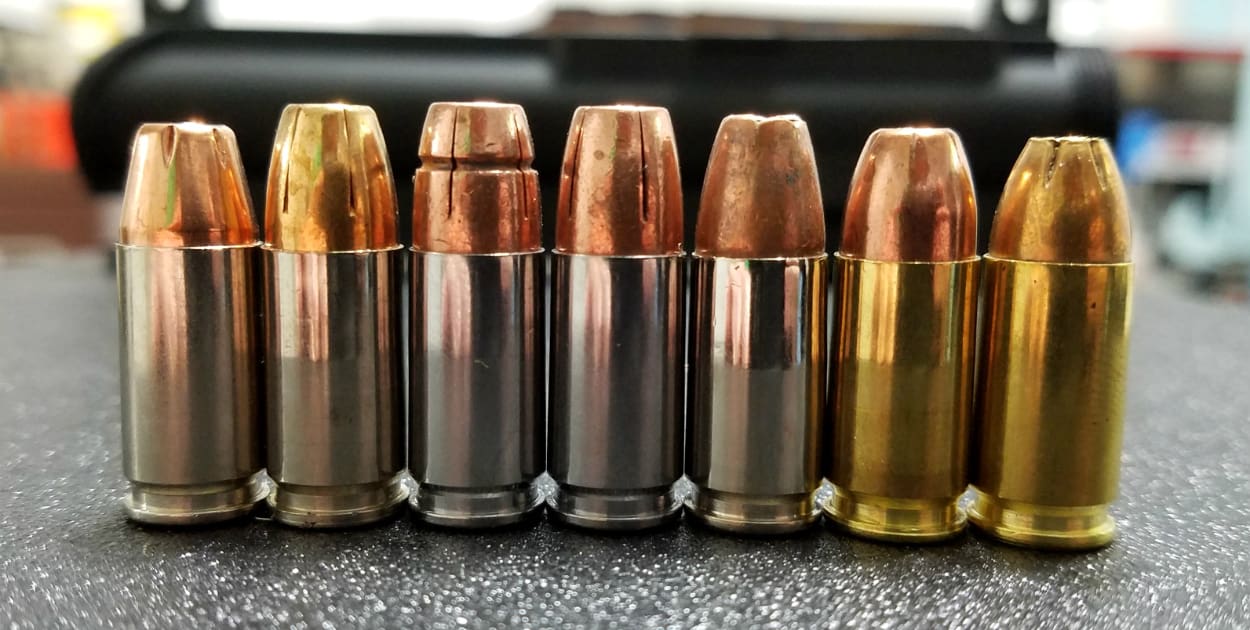
Left-to-right, this time all in 9mm, you’re looking at Fiocchi Extrema 147 grain, Federal HST 147 grain, Gorilla Silverback 135 grain, Gorilla Silverback 115 grain, Winchester Defend 147 grain, Remington HTP 147 grain, and IMI X-Star 115 grain. The subsonic, 135 grain Silverback is designed for maximum expansion while limiting over penetration. Like the .380, the bullet has a groove machined through all of the engineered petals. The 115 grain, on the other hand, is designed to penetrate more deeply. Basically, it’s shooting for law enforcement penetration requirements.

Once again, the Silverback offerings sport comparatively large cavities. A reversal from the .380, the 9mm loads have longer overall lengths than most. They’re still within SAAMI spec, of course.
Function Testing
First step: finding out if the ammo runs reliably. I loaded up two Taurus TCP magazines with the .380s and very slowly fed one after another into the chamber by easing the slide forwards. While some rounds really smash into the near-vertical feed ramp of this and other micro pistols, the Silverback fed smoothly, providing a measure of confidence that it would run for me on the range.
Indeed, I’ve now put 60 rounds of it through the TCP, shooting normally and one-handed with both strong and weak hand, and encountered no hiccups. While I didn’t test it for groups — mostly because the TCP barely has usable sights — it shot as straight as I’ve come to expect from the TCP.
For 9mm testing I chose three guns: the recently-reviewed Dan Wesson Discretion was chosen since it has a really tight, match-grade chamber and has proven itself as a bit ammo picky, then a GLOCK 19 MOS to represent a typical self-defense carry gun, and finally my CZ Scorpion Evo SBR to see how the Silverback runs in the longer barrel and to test if the 135 grain stays subsonic.
No surprise that the GLOCK ran. I only put five rounds of the 135 and five of the 115 through it. Basically, it’s a first step. If ammo won’t run in a GLOCK then there’s something seriously wrong with it.
Next up was the Discretion, which saw the most use as, again, I know it can be picky. In total, 40 rounds of 135 grain and 40 rounds of 115 grain went through the 1911 without a hitch. A bit more than half of those total rounds were shot suppressed. The 135 was clearly staying subsonic and was pleasantly quiet.
The Scorpion has also been a very reliable firearm for me and has fed Federal HST, Winchester Defend, and other hollow points plus some flat nose rounds without issue. I expected the Silverback to run, and after 10 flawless rounds of 115 grain and 20 flawless rounds of 135 grain I’m already confident that it will continue to function in the Scorp like everything else has.
Chronograph Results
I brought my MagnetoSpeed V3 chronograph out to the woods to do some velocity testing, both to see how consistently the ammo is loaded — Gorilla says they’re holding each round to within 1/10th of a grain max powder load deviation — and to get some “real life” readings, especially on the subsonic 135 grain. The TCP has no accessory rail so doesn’t really work with the MagnetoSpeed without a tripod setup, and the GLOCK’s rail isn’t quite standard, so I only ended up chronographing each 9mm load through the Discretion and the Scorpion. If there’s enough interest in the comments, I’ll chrono the .380 through my TCP plus both 9mms through my Nano:
I fired a 135 grain test shot through the Discretion, which metered at 992 fps. About five minutes later I followed up with another four, then added one more since that first shot looked more and more like an outlier. As seen above, including that shot led to a standard deviation of 8.7 fps, and excluding it resulted in a standard deviation 4.98, which is almost identical to the 115 grain’s 5.0 through the same gun. The Discretion was shot unsuppressed, and the Scorp sported a Liberty Mystic X.
Interesting to note that the 135 grain projectile velocities were 50 fps slower through the 7.72″ barrel Scorpion than the 5.75″ barrel Discretion. I suppose I’d attribute this to the Scorpion having a looser chamber and a straight blowback operation, plus the Silverback’s quick-burning powder. However, the 115 grain load did pick up a bit of velocity — 11 fps faster on average — from the longer barrel. Standard deviations were higher in the Scorp (discounting that outlier in the Discretion), which again I’d credit to the looser chamber and blowback operation.
In either case, the subsonic 135 grain loads were comfortably subsonic. I’m confident that even on a 16″ carbine the 135 grain 9mm would be subsonic. As a result, it was significantly quieter than the 115 grain when suppressed.
Performance
I’m hoping ShootingTheBull410 will put the Silverback through his ballistic testing protocol, although I know he has quite the backlog to work through so it could be a while. In the meantime, I thought I’d have a bit of fun and see if I could expand and then collect an example of each of these rounds.
Obviously I could never admit to having a cat(s), but for some reason I had still saved up a bunch of these now-empty, 40-lb cat litter jugs. Full of water they’re like 10″ thick, and I figured lining them up in a row would be a good way to expand the hollow points, catch the bullets, and get some sort of comparative penetration reading on the different loads.
Now, what I will admit to is that this is really the only interesting part of my video above, so if you want to see Gorilla Silverbacks slam into jugs of water and hear me squeal like a little girl as I get soaked — it was cold! — skip ahead to 9:30 in. Otherwise, in a much drier — both literally and figuratively — form…
Testing began with the .380, assuming it would destroy the least jugs. It punched a clean entry wound into the first jug.
But didn’t make it out the other side. It sure thought about it, though, as it left a Wile E. Coyote-style expanded hollow point silhouette impression in the plastic. In fact, the plastic is torn a little bit in some of those white, stretched-out spots along the sides of some of the petals, but the round stayed in the jug.
Next up was the 135 grain 9mm out of the Scorpion. It penetrated farther, leaving the first bucket, entering the second, and continuing on far enough to hit the back wall and put a small crack in it.
Last up for the Silverbacks was the 115 grain 9mm. It obviously dumped a lot more energy a lot faster, as the impact tore most of the top of the bucket clean off and I got soaked. The first bucket is pictured above, with the clean entry wound on the far side and the coyote-shaped…err, expanded hollow point-shaped…exit wound on the close side. This round also stopped in the second bucket, but this time without damaging the far wall.
Both the .380 on the left and the 115 grain 9mm on the right brought souvenirs home from their travels.
With three water jugs still remaining, I decided to test my carry load of the past five or six years; the Federal HST in 147 grain standard pressure flavor. It seemed to hit pretty hard, sending the lids of the first two jugs flying, complete with a huge jet of water out the top of the first jug in particular, and penetrated almost exactly like the 135 grain Silverback did. The photo above shows its six-petal dent in the far wall of the second jug, hitting it solidly, cracking it just slightly, but also not making it out.
With one untouched jug left plus a couple others that could be salvaged into functional traps, and not wanting to waste my alleged cats’ “effort,” I grabbed an AR and fired a round of Wolf 62 grain steel core FMJ (basically M855, but loaded to .223 power level).
It made a .22 caliber entry hole in the first jug, then began tumbling. I found it inside the third jug, and judging from the exit wound in the second one (above) and the entry wound in the third, it barely made it in. But it did make it into the third; the only round to do so.
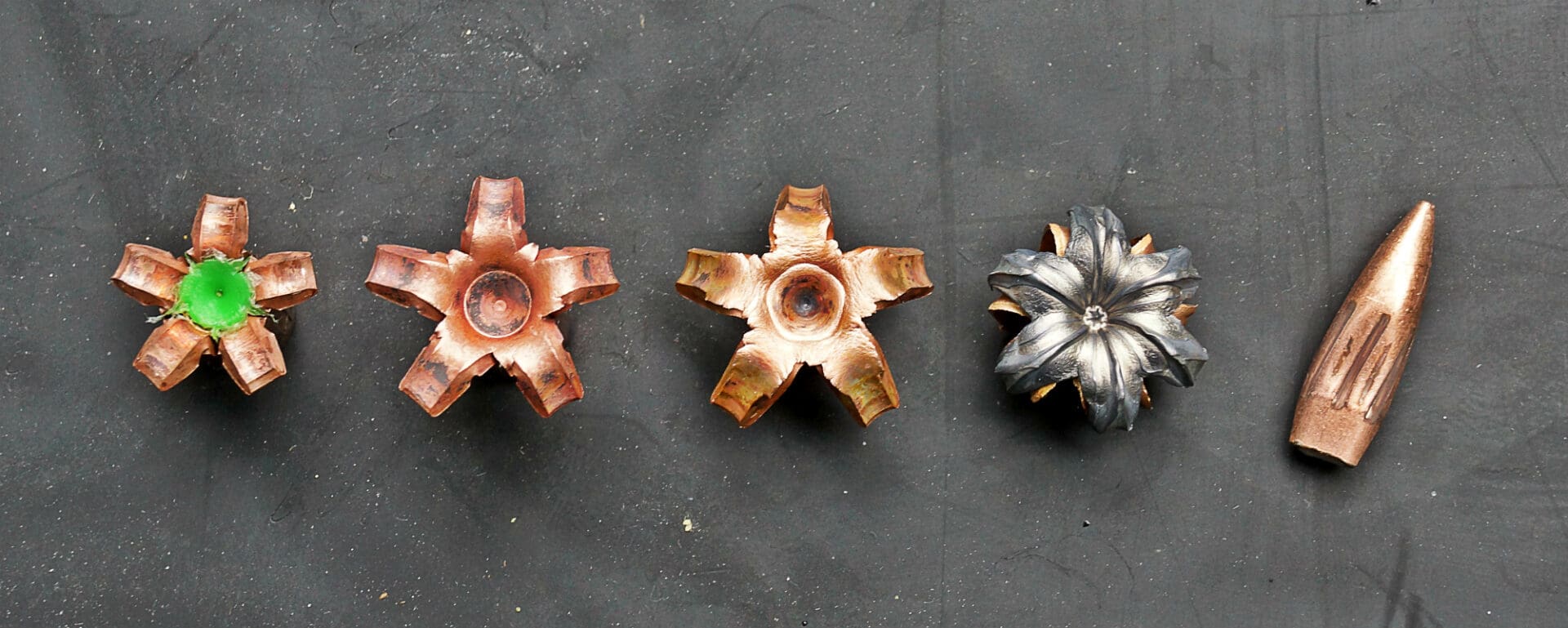
Left-to-right that’s Silverback .380, 135 grain 9mm, 115 grain 9mm, 147 grain HST, then the 62 grain steel core .223.
Same bullet order, looking at the bottoms this time.
And again from the side. Now, the 135 grain is supposed to open up wider than the 115 grain and not penetrate as far, but that isn’t what happened here. My 135 grain shot penetrated a bit more than the 115 grain — denting the rear of the second jug whereas the 115 didn’t damage it — and it expanded less. Compared to Gorilla’s stock photos, it does actually look like this 135 expanded less than expected, whereas the 115 expanded slightly more.
The .380 looks identical to Gorilla’s expanded HP photos, with each petal folding along the groove to exactly 90 degrees. By controlling the expansion in this manner and keeping the petals a bit smaller, Gorilla aims to achieve 9mm-like penetration from the .380. This did fall short in my testing, though, as the .380 didn’t manage to exit the first jug whereas both 9mms did, plus the 135 grain 9mm (and the HST) made a solid dent in the back wall of the second.
Federal’s HST looks like Federal’s HST always looks. Pretty enough to make bullet jewelry from.
Before everyone yells at me in the comments: DISCLAIMER: water is not a proper ballistics testing medium and the results are not the same as with calibrated ballistics gelatin or unsuspecting goats. My main goal here was to catch some expanded bullets to get a look at them — success! — with a secondary goal of seeing what kind of damage each load inflicts on jugs full of water, and catching that on video — success!. None of this is intended to have anything to do with actual self defense. Unless you’re attacked by jugs of water.
Accuracy
I shot casual groups — elbows wrested on my folding table but no sandbag — from 25 yards with the Scorpion and found the Silverback to group about average for me. Nothing to write home about either way. Some brands will shoot an extremely tight cloverleaf at that range through the Scorp, and some group over 3″. Both Silverback loads punched out 2″ to 2.5″ groups. Since they’re loaded pretty consistently and the bullets should be perfectly concentric, I was expecting better in the accuracy department. But I’ll take average. Although I didn’t do rested accuracy testing with the other pistols, my impression through the TCP, G19, and Discretion was “about average” as well.
Conclusions
I’ve come to trust Gorilla Ammunition for high-quality, extremely consistent ammo. Their 69 grain .223 is my go-to AR’s favorite load, producing groups that I didn’t think would be possible from a base-model Adams Arms upper (consistently sub-3/4 MOA). So far accuracy hasn’t proven to be the selling point for me with the Silverback line, but quality and consistency are still excellent. Compared to all of the other hollow point ammo I have here, a simple visual inspection shows a level of projectile consistency in the Silverbacks that doesn’t exist in the others, which all suffer from little blemishes like dents and scratches.
The ammo runs reliably and cleanly. There is minimal powder residue, near-no muzzle flash, and it’s also lead-free. All of these things make it great for running suppressed, and the 135 grain load performed ideally in that role. As the market for solid copper hollow points continues to grow, new features are engineered into the bullets to ensure on-demand, controlled expansion and penetration. It’s great to see another manufacturer stepping up to the plate and putting out some proprietary projectile designs of their own.
That said, I’ll reserve judgement on the Silverback’s utility for self defense until guys like ShootingTheBull410 can weigh in or Gorilla provides some similar testing results. We’ll see if we can get the .300 Blackout loads to Nick, Tyler, and JWT for some hunting use, too. I’ve already limited out on water jug tags.
Specifications (Gorilla Ammunition Silverback):
Calibers: .380 in 95 grain, 9×19 in 115 & 135 grain, .45 ACP in 230 grain max or controlled expansion, .300 AAC Blackout in 205 grain or 85 grain.
Bullet: Solid copper hollow point
Case: Nickel plated brass
MSRP: from $28.99 to $39.99 for a box of 20, depending on caliber
Ratings (out of five stars):
Accuracy * * *
Average
Reliability * * * * *
Unfortunately self defense ammo is too expensive to stick to the typical 500+ rounds protocol. From what I know of Gorilla’s loading and QC processes plus my experience with them in the past (between .300 BLK, .223, .308, and the Silverback I have shot around 500 rounds of Gorilla brand gun food), my only real concern here was if the hollow points would feed well. The outcome was that they fed smoother and nicer than I could have imagined, cycling in and out of the TCP and Discretion — both somewhat picky eaters — with ease and consistency.
Quality * * * * *
The Silverback burns very cleanly, is loaded consistently, and the quality and finish of the projectiles and cases are top-notch.
Overall * * * *
Really high quality, clean and consistent ammo. I’d personally just want to see some ballistics testing before considering it as a replacement for the HST I’ve been carrying for years.

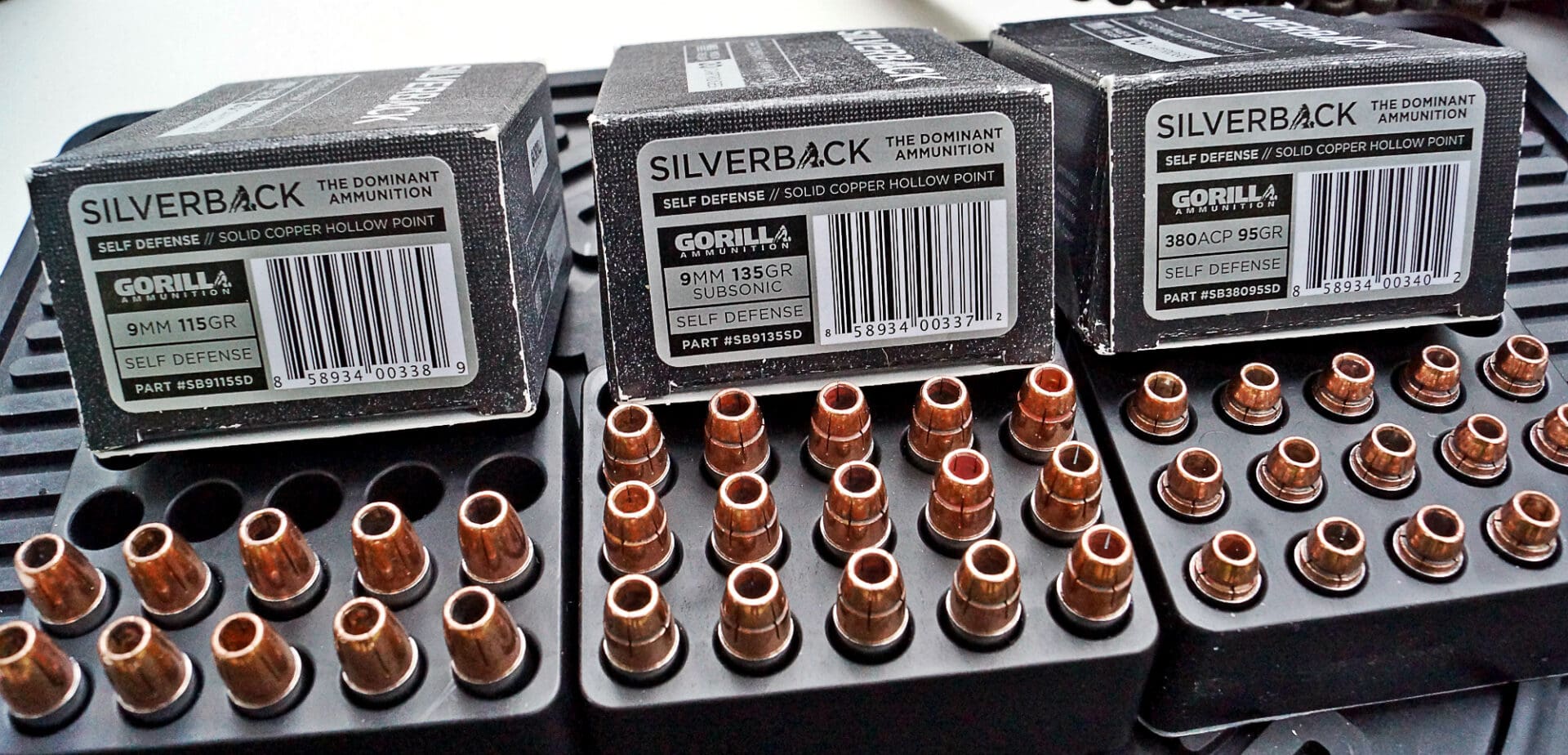
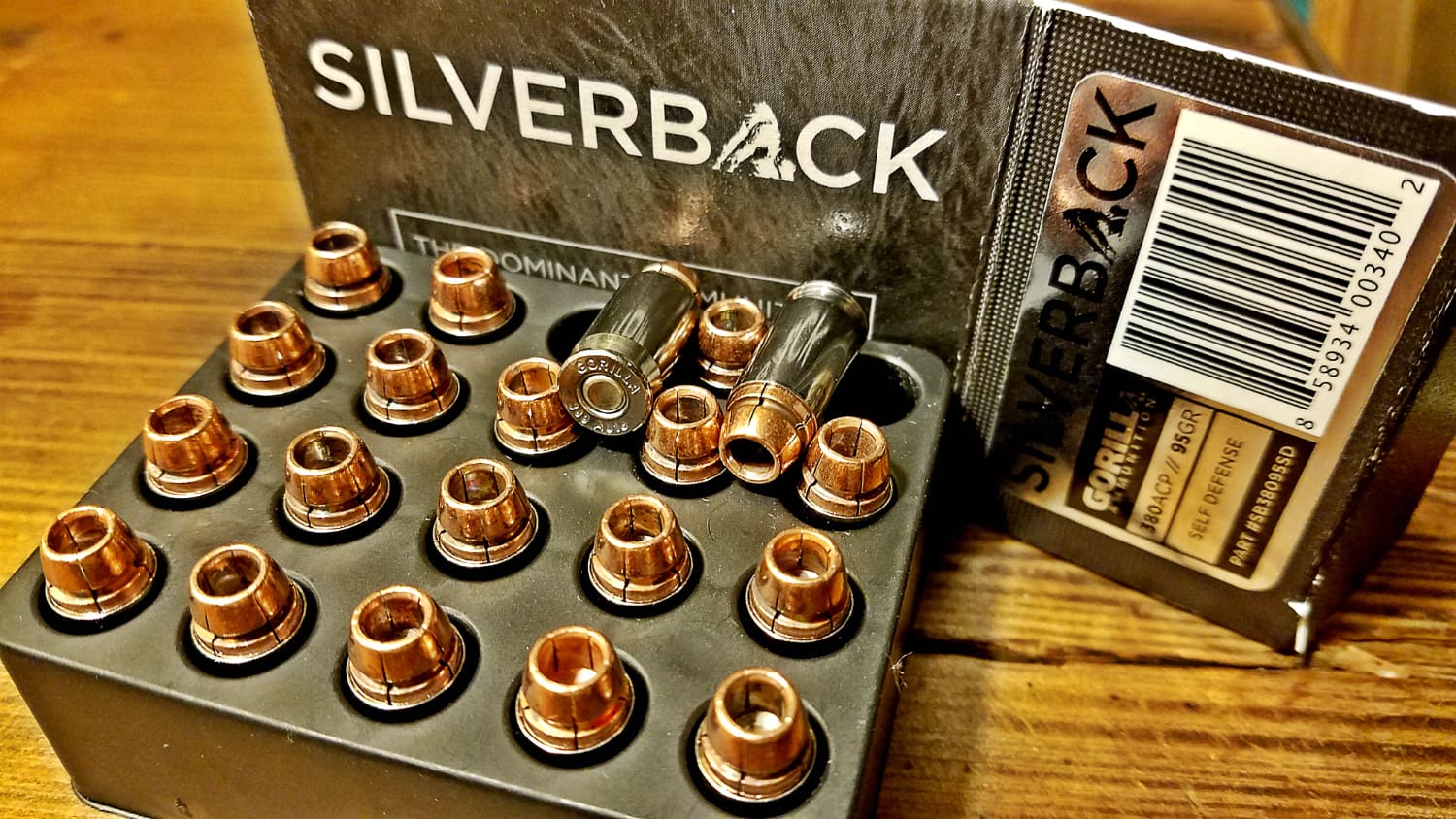
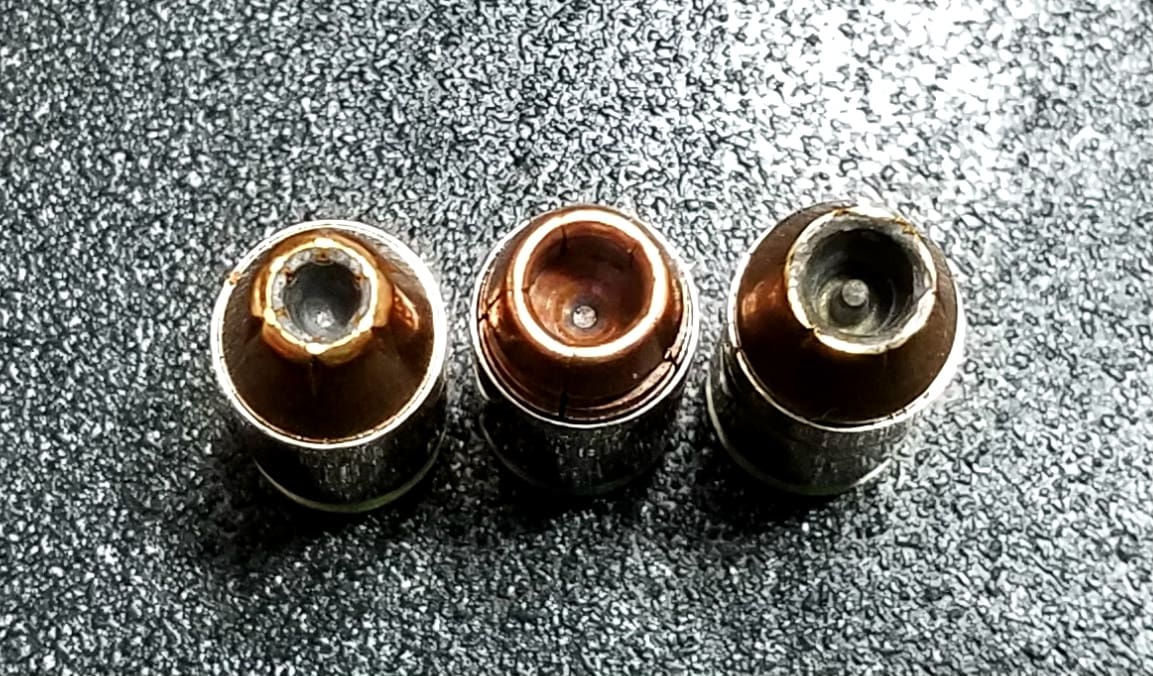

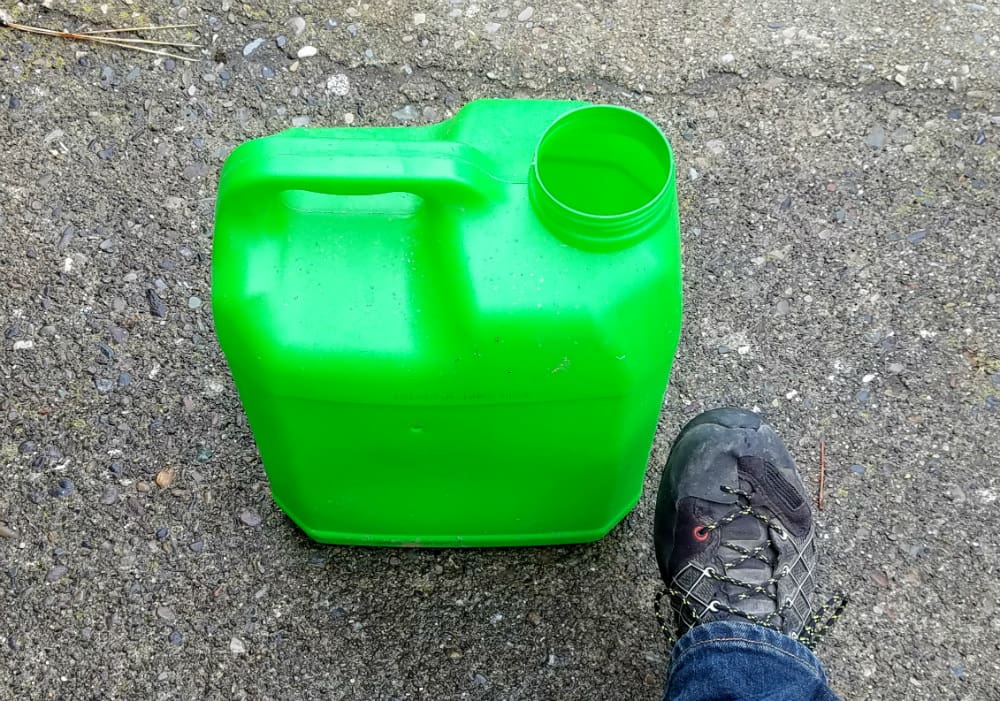
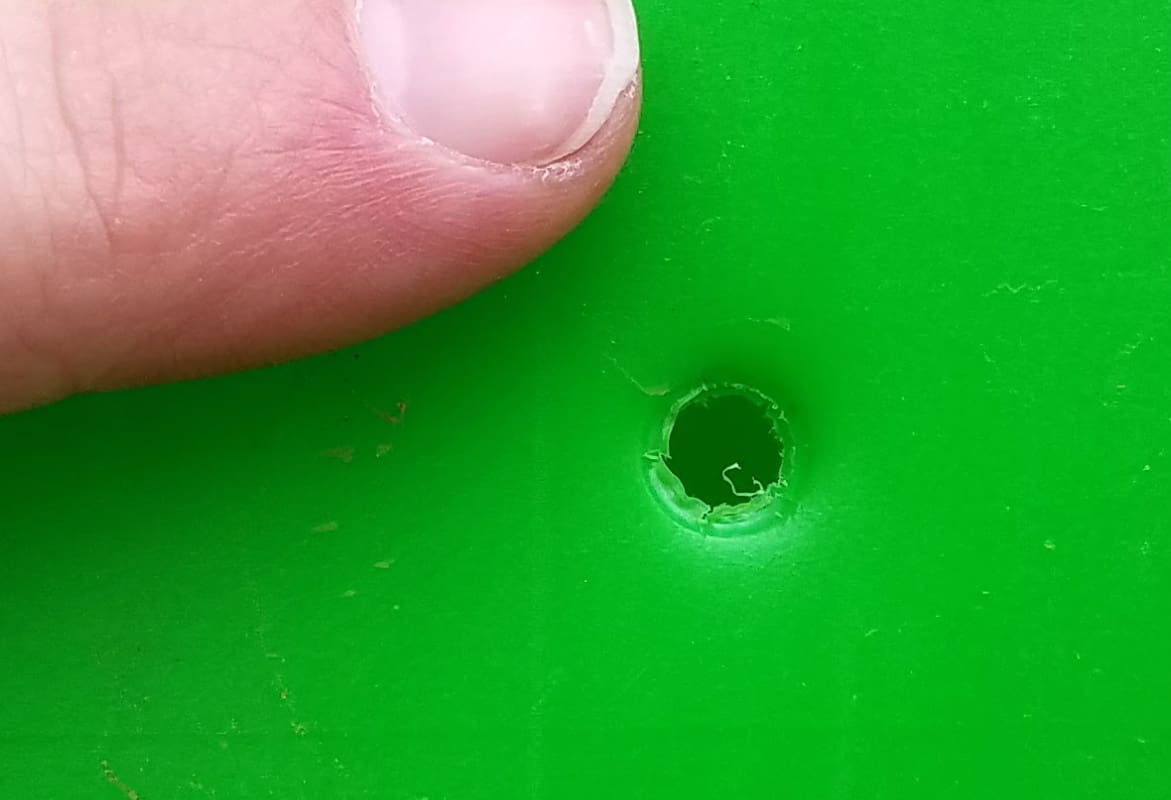
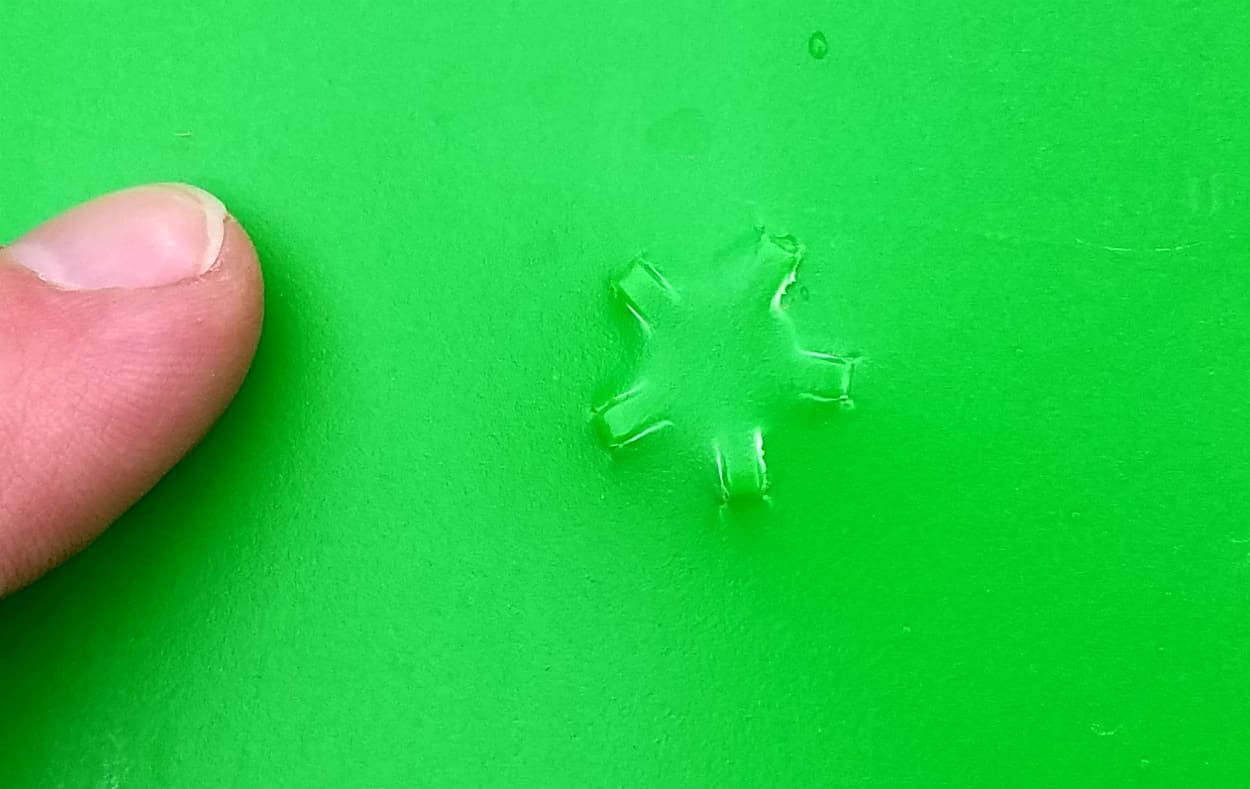
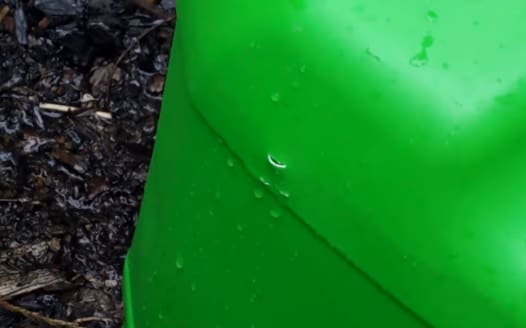
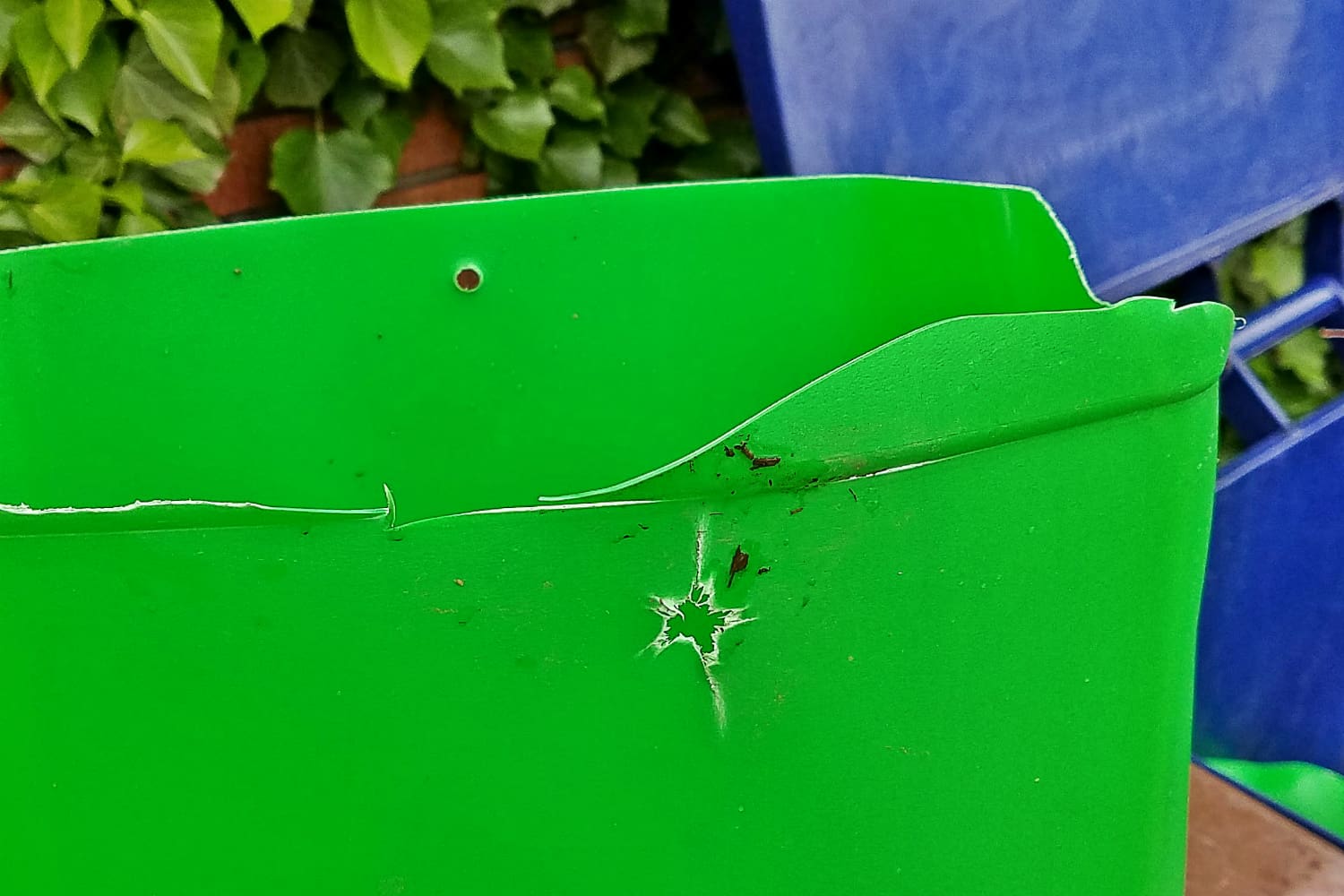
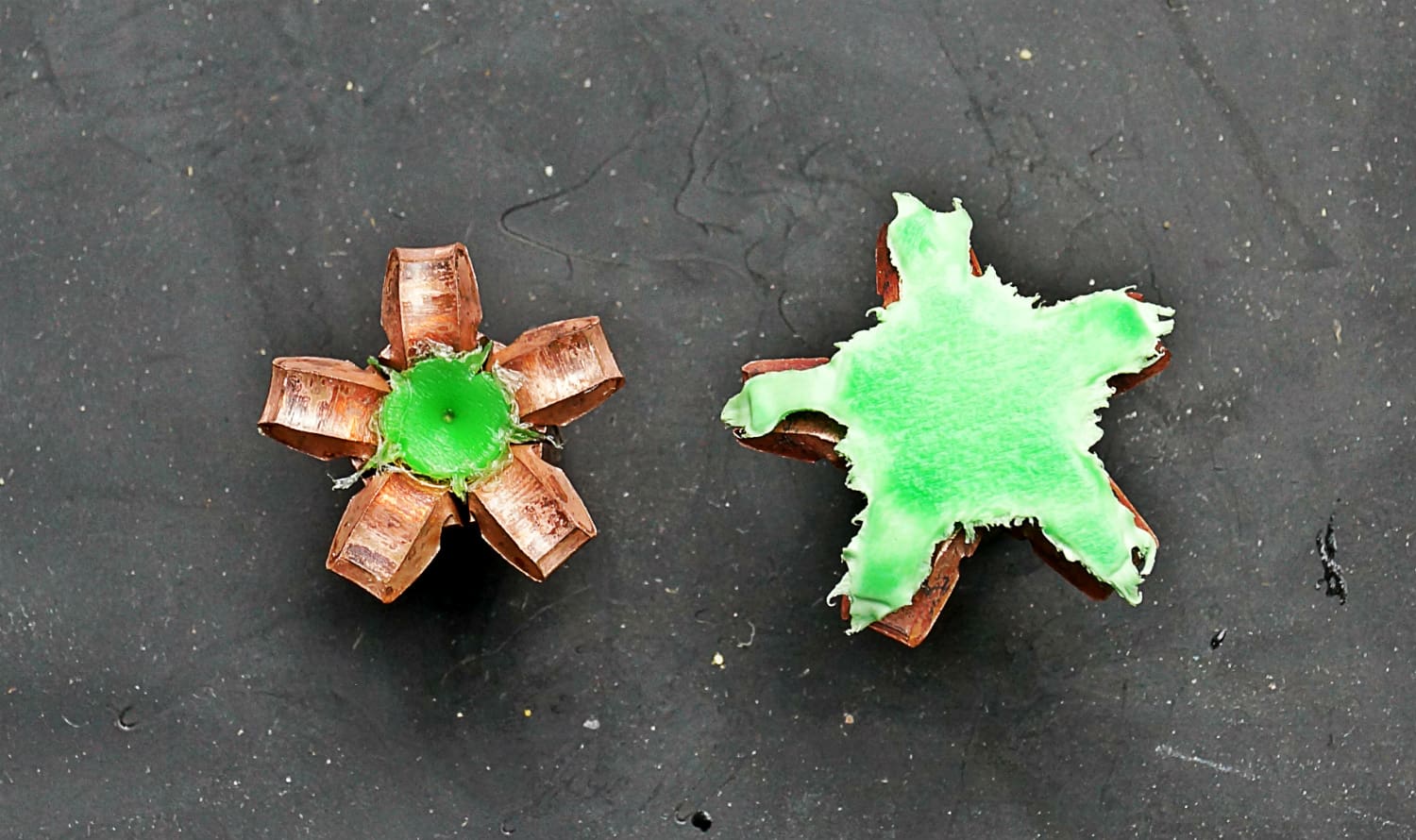
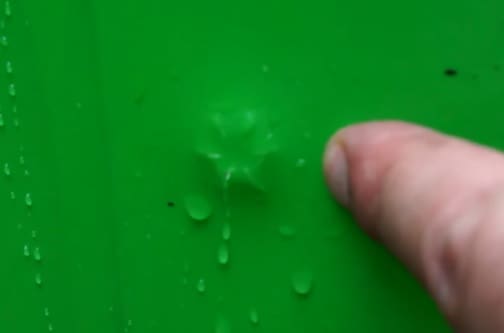
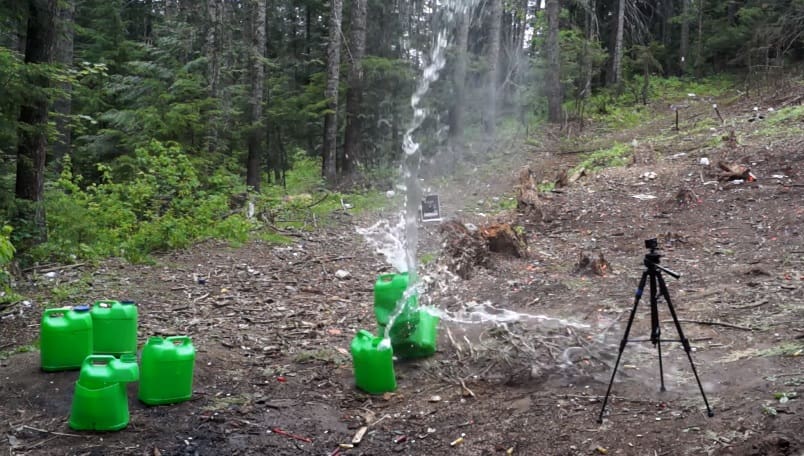
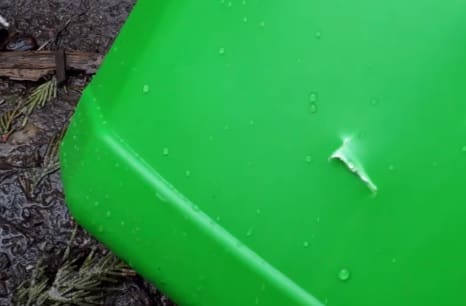
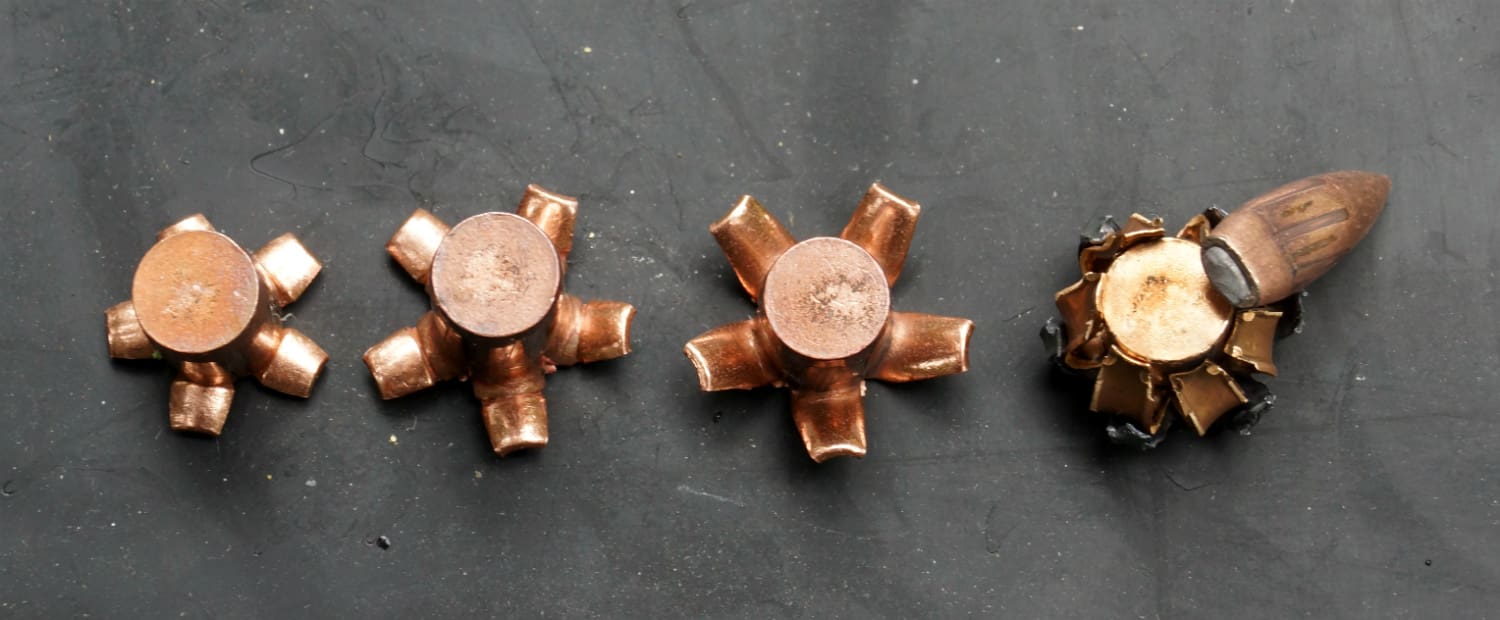
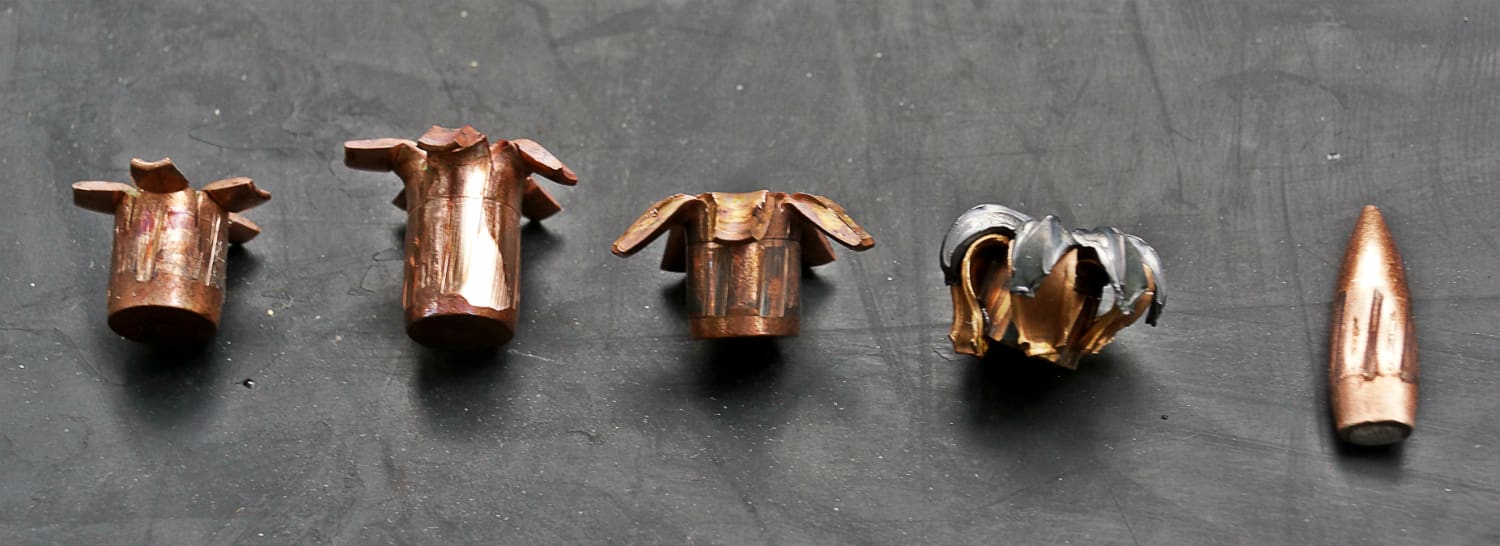



If Gorilla Ammunition Silverback is too much of a mouthful, just call it Harambe.
Too soon?
No relation 😉
Never too soon, knew it was coming as soon as i read the title.
Nearly fell over the railing!
OOOOOH, that is SO insensitive! Yoou are going to be receiving death threats from all the animal rights idiots who will tell you that “all life is sacred” (except humans, of course – well, humans who do not share their wackjob mindset.)
“just call it Harambe”
Or maybe just call it Harambe’s Revenge.
Hahahaha
So we can use this stuff to hunt gorillas?
Wow that’s some pricey stuff! Interesting this ran so well in the TCP. Mine would catch on gaping hollowpoints(but a quick push made it work-and only for the 1st round of a mag(go figure). Costing this much probably mean I will never try it in 380…9 and above maybe. Almost artistic “petals”…
I need to see some reviews of the Silverback .300 super and subsonics.
I’ve had amazing accuracy results from Gorilla’s 300 blk in all four of the standard offerings, but haven’t yet tried the Silverback. Considering it’s targeted for hunting and self defense, we’ll see about taking some hogs with it soon.
Hmmm. Thinking of the cost of running 200 rounds through my carry piece to ensure function.
Nope.
I wonder if Harambe was shot with a bullet from Gorilla Ammunition’s Silverback line. Now that would be ironic.
Dangit, you beat me to the punchline.
When I can’t find 124 grain HST online for $25 per box of 50 maybe I will realize there is other defensive loads offered. But for now it is HST or bust.
Copper only ammo is pricey. I have copper ammo for my .38 from bufffalo bore and fiocchi bronze bullets in 9×19. Why? Cause in CA there are places and times I can legally carry a handgun(hunting and fishing) but I’m restricted to non lead ammo.
More companies make copper and it should get cheaper. I hope.
I think this type will always be expensive. Not only is copper itself a fairly expensive metal, but instead of being stamped out by the thousands these projectiles are turned on a CNC lathe like Lehigh’s and some other ones on the market. It’s fairly time-intensive, I do believe.
Fortunately I can still practice with lead ammo. Hunting ammo simply doesn’t get shot that much. I bought a bulk order of .243 coppers and it should last me a lifetime and leave some for the next person that gets the rifle.
The real point of this story is – look at those expansion photos. Still think that 9mm is not enough?
Shooting jugs of water is not really illustrative of anything.
Awesome Web page, Preserve the good work. Appreciate it!.
I’d be willing to bet that run of the mill Hornady XTP loaded by any manufacturer will out perform the .380 load in gel, for about 1/3 the cost.
I am finding this ammo problematic when loading 9mm into ETS or Magpul glock style mags. The OAL is longer than factory ball, or even Hornady Critical Defense, and that length issue causes the rounds to jam in the magazine and not feed at all.
Comments are closed.